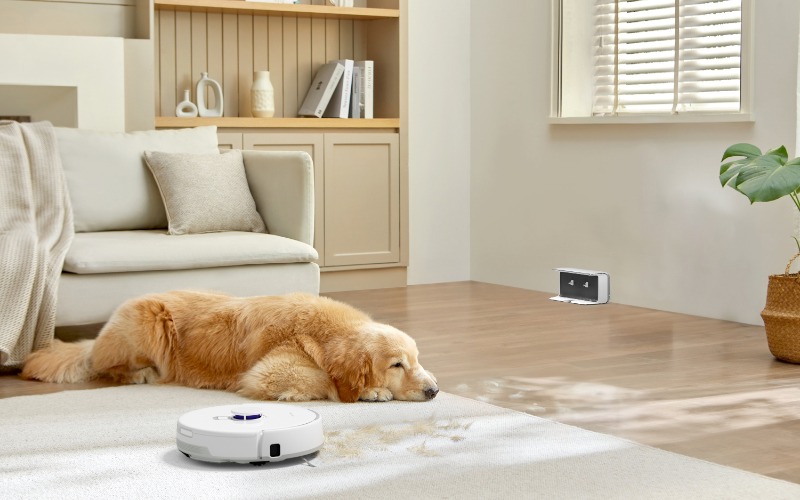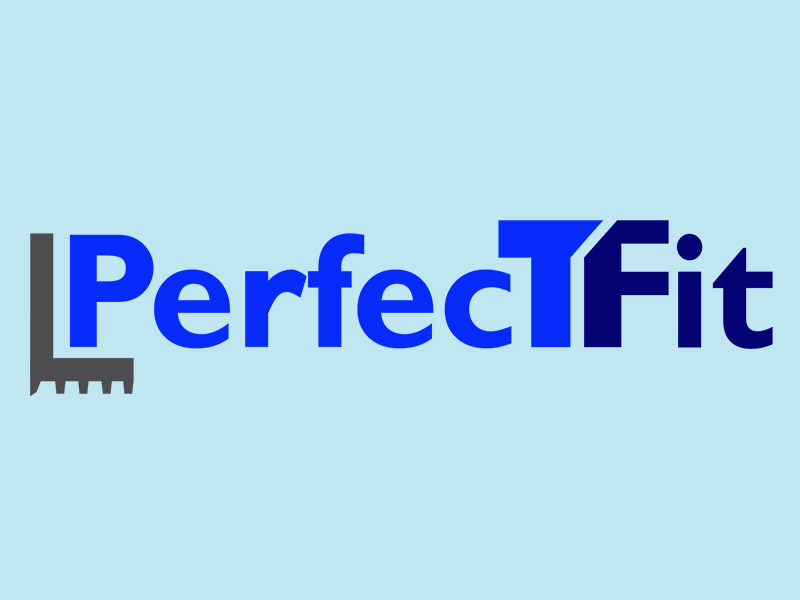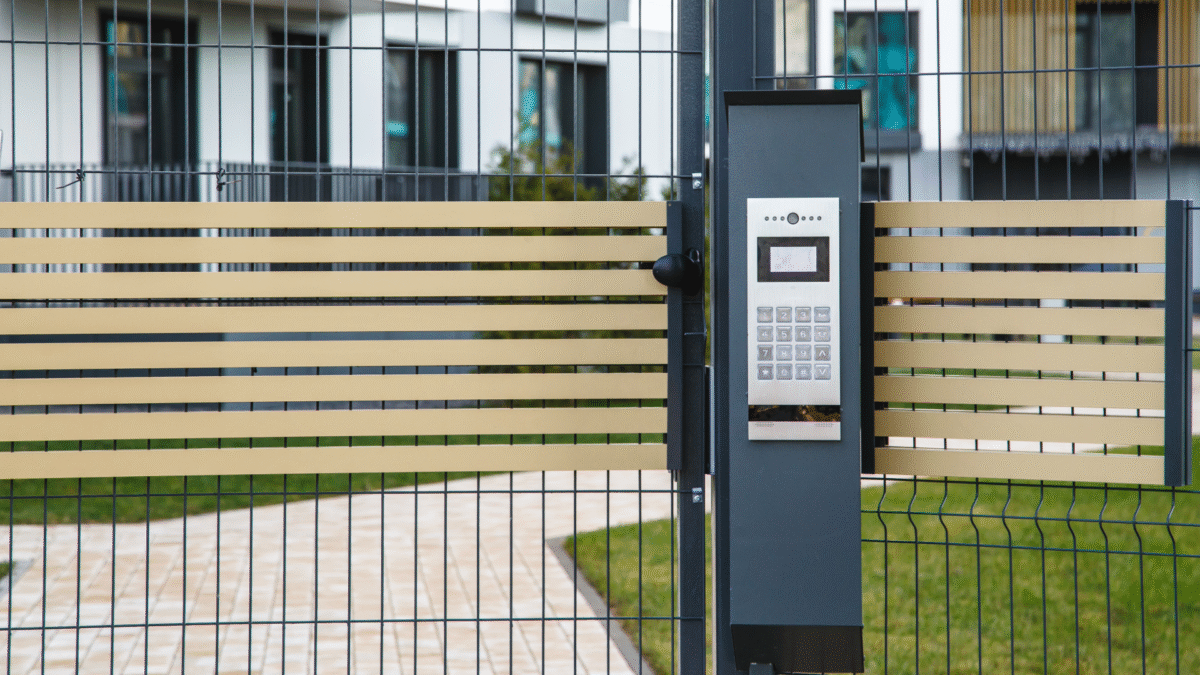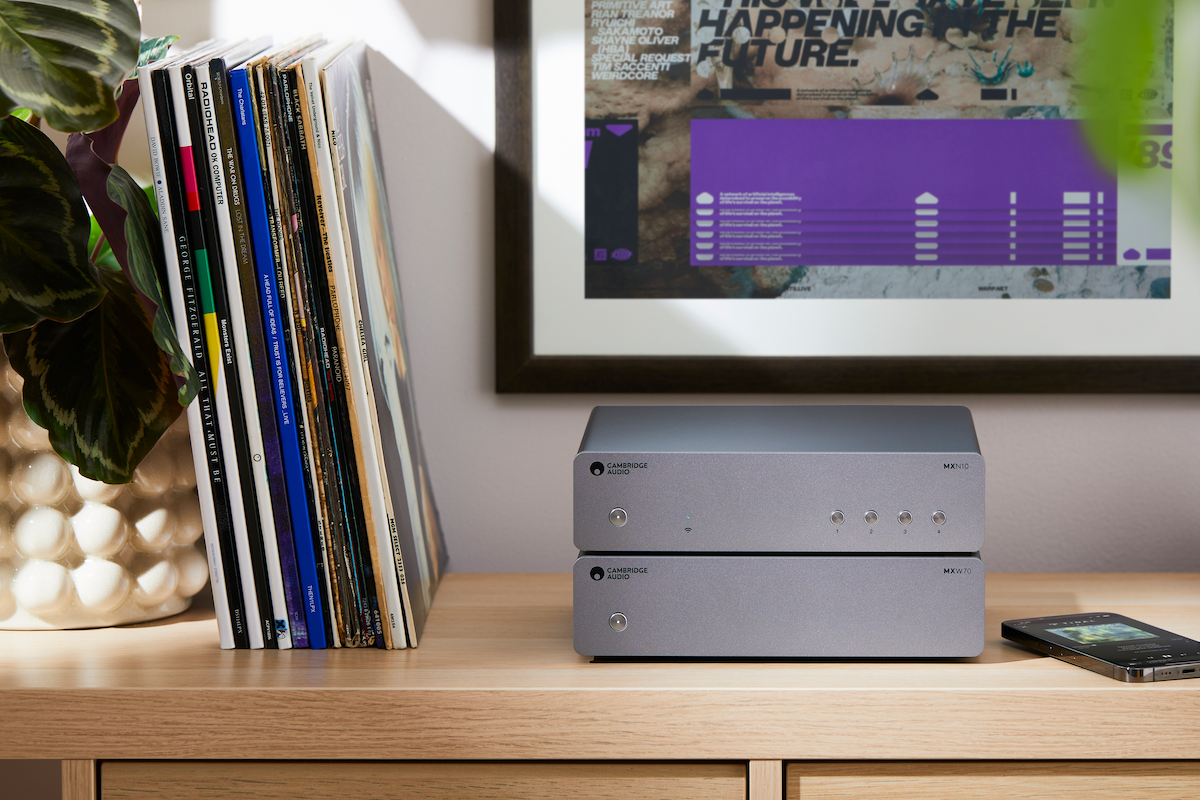Nobody enjoys cleaning their home. Vacuuming, mopping, dusting, cleaning bathrooms, and other cleaning chores are some of the purist forms of drudgery. However, while smart home technology can’t make it all go away, the latest generation of smart home robots can significantly reduce the amount of effort required to clean a home. You may be surprised by some of the types of “robots” I’ve included in the article. I base my selections on the definition of a robot from Britannica. A robot is “any automatically operated machine that replaces human effort, though it may not resemble human beings in appearance or perform functions in a humanlike manner.”
Floor Cleaning
Robot vacuums and mops are readily available and highly intelligent devices. The best models use LiDAR and cameras to map a home’s rooms. Once a home is mapped, the robot will begin by cleaning the perimeter of a room. Next, the robot will systematically clean the rest of the room by moving in straight, even rows. Finally, the robot will navigate to the next room and repeat the process.
Smartphone apps allow a homeowner to schedule the operation of the robot, set up virtual walls and no-go zones to keep the robot from traveling to areas where it would get into trouble, and more.
However, when cleaning, robotic vacuums and mops are noisy and annoying to be around. Integration with a smart home processor and hub can provide the ability to work around this issue by starting the robot on a cleaning mission when the smart home system senses that the home is unoccupied. Version 1.2 of the Matter smart home standard added support for robotic vacuums and mops. This can serve as a mechanism for integration.
Robotic vacuums and mops are available from a wide range of manufacturers, including Dreame, Ecovacs, Eufy, iRobot, Narwal, Roborock, SwitchBot, and others.
Window Cleaning
Window cleaning can be difficult and a potentially dangerous household chore. If your windows don’t include a mechanism for cleaning the outside of the window from the inside of the home, you may have to get up on a ladder to reach the exterior of the windows. On a two-story home, a fall from a ladder could result in severe injury or even death.
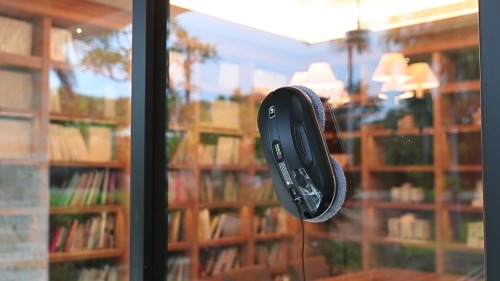
Window cleaning robots adhere themselves to windows using a vacuum pump. Once adhered to a window, the robot sprays a cleaning solution onto it. Finally, the robot moves around the window while cleaning it with washable pads.
As long as you have some access to the outside of your window from inside your home, you can simply reach outside, place the window cleaning robot on the outside of the window, and let it do the work. Even if you don’t have access to the outside of the window from inside your home, some models support placing the robot onto the window (and later removing it) using a long pole.
Window cleaning robots include a safety cord that you secure to keep the robot from accidentally falling off the window it is cleaning, hurting someone who happens to be underneath the window, or damaging the robot.
There are a number of companies that manufacture window cleaning robots, including Ecovacs, Hobot, Hutt, Tosima, and others.
Bathrooms
One of the least pleasant cleaning chores in a home is cleaning a toilet. However, technology is improving this situation.
Self-cleaning toilets use a couple of different techniques for cleaning the toilet’s bowl, including:
- Releasing chemicals into the toilet bowl to clean it.
- Spraying the toilet bowl with electrolyzed water. Electrolyzed water contains charged ions that repel dirt.
- Spraying the bowl with high-pressure water to scrub away stuck waste.
In addition, some smart toilets include an ultra-violet (UV) light that kills germs and disinfects the toilet bowl.
Unfortunately, while a self-cleaning toilet can clean the bowl, you still need to hand clean other areas of the toilet, including the rim of the bowl, the seat, the lid, and the base.
Manufacturers of self-cleaning toilets include American Standard, Kohler, and Toto.
For those who want to add self-cleaning capabilities to an existing toilet, there are inexpensive chemical cleaners that can be easily added to an existing toilet. These can be found at local stores and are manufactured by Clorox, Lysol, Ty-D-Bowl, and others.
Air Purifiers
You are probably wondering why I include air purifiers in this article on house-cleaning robots. Sure, their job of removing pollutants from the air in a home is very important. A high-quality air purifier with a High-Efficiency Particulate Air (HEPA) filter can remove particulates from the air, including dust, pollen, mold, bacteria, etc., down to a size of 0.3 microns (µm). Suppose the purifier’s filter includes a layer of activated carbon. In that case, it can also remove volatile organic compounds (VOCs) from the air, including fumes from cooking, paint products, cleaning products, glue, and more.
However, there is an added benefit of cleaning the air in your home with an air purifier; it can save you time dusting your home. If you can keep the air in your home clean of particulates by using an air purifier, a lot less dust will accumulate on surfaces and belongings in your home.
According to Koru, a manufacturer of plant-inspired air purifiers, “A side benefit of using an air purifier is that it reduces the need to dust your home. When air purifiers are run 24/7, they reduce, and may even eliminate, the need to dust your furniture and home.”
I caution that you do need to give your home a very thorough cleaning before you can expect that your need to dust the home will drop through the use of an air purifier. Dust will already be deposited on surfaces around your home, including walls, floors, upholstery, etc. For example, every time you sit down on an upholstered couch, dust that has clung to the fabric will be thrown up into the air to later settle onto surfaces around the home. Then these surfaces will need to be dusted.
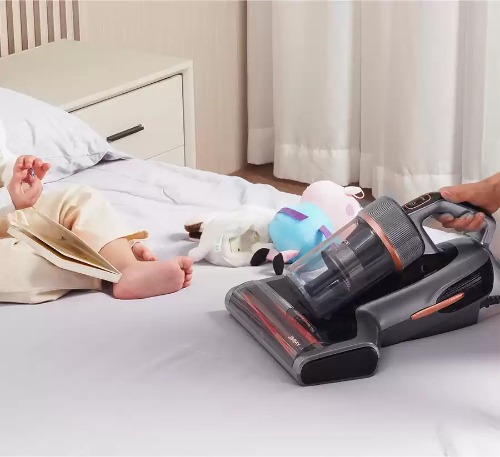
An excellent tool for cleaning upholstered surfaces in a home is the Jimmy BX7 Pro hand-held vacuum. The BX7 Pro is designed for cleaning mattresses but can do more.
- It includes a graphene hot air heating system (140℉) for killing dust mites. Dust mites are very small, insect-like pests that feed on dead human skin cells. They live in warm, humid environments, including mattresses. Dust mites can cause allergic reactions, including sneezing, a runny nose, eye irritation, coughing, and, in severe cases, an asthma attack.
- It includes a UV-C light that can kill 99.99% of bacteria.
- Its composite roller brush, driven by an independent motor, is designed to remove fine dust and dust mites from a mattress without damaging its surface.
- In addition to mattresses, the BX7 Pro can be used elsewhere in a home to clean upholstered furniture, cribs, pillows, floors, carpets, and other surfaces.
Additional features of the BX7 Pro are:
- 16Kpa of suction
- Smart dust sensor with the detected dust level shown on the vacuum’s LED display
- Smart dust sensor automatically adjusts the vacuum’s power
- 9-5/8” wide dust nozzle
- A patented dual cyclone filter assures dust and other allergens aren’t released into the air.
- Three selectable cleaning modes
I was supplied with a BX7 Pro to evaluate for this article. I found it worked very well for cleaning mattresses, furniture, pillows, blankets, and other surfaces. It was an ideal tool for giving these items a thorough cleaning to minimize the amount of dust in a home.
The BX7 Pro has a series of different modes that can be sequenced by pressing the mode button multiple times. This allows you to control whether the beater brush is enabled, whether the UV light is enabled, etc. So, on delicate fabrics, it is easy to turn off the beater brush.
The BX7 Pro shined at cleaning horizontal surfaces. The problem is the weight of the device makes it challenging to use vertically. A second handle, so you could use two hands to hold the unit on vertical surfaces, would be very helpful. With the single handle, I found it challenging to use vertically and my wife found it very challenging.
One other thing to be aware of is that there are two small roller wheels on the bottom of the vacuum. For safety, unless these are depressed, the UV light will not turn on. So, the UV light will not work when, for example, vacuuming hanging drapes or curtains.
The problems with cleaning vertical surfaces aside, the BX7 Pro did an excellent job of cleaning my mattress, pillows, comforter, sofa cushions, and other fabric and upholstered items that could be laid flat. It would be better to clean curtains and drapes using a vacuum with a hose and brush attachment.
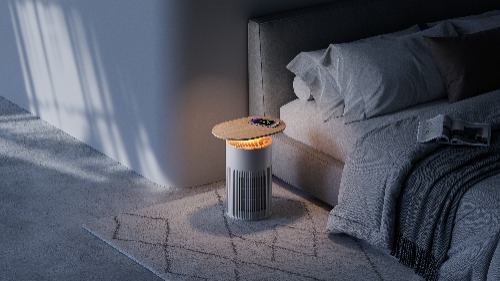
I was also supplied with a SwitchBot Air Purifier and SwitchBot Air Purifier Table to evaluate for this article. The only difference between the two air purifiers is that the SwitchBot Air Purifier Table, adds an oblong faux wooden top to the purifier. This allows the purifier to be used as an accent table or nightstand in a home. The faux wooden top is very nice looking with a prominent wood grain. Otherwise, the two products are identical so I will just use the term “SwitchBot Air Purifier” when referring to both products.
The SwitchBot air Purifier can not only remove dust and other pollutants from the air in your home, it is specifically designed with pets in mind.
- Unlike many other air purifiers, instead of a grid of small holes that allow the passage of air to the purifier’s filter, the SwitchBot Air Purifier has a pattern of long, narrow openings that allow pet hair suspended in the air to be captured in the purifier. Additionally, these openings are designed so they won’t trap a pet’s paws.
- The SwitchBot Air Purifier’s filter includes three layers. The first is a washable pre-filter that captures floating pet hair. Second, the purifier includes a HEPA filter layer that can capture particulates as small as smoke and bacteria. Finally, there is a carbon filter layer that can capture pet odors as well as VOCs.
- An included diffuser pad can be used with essential oils to help hide odors in a home. Pet owners need to be careful to choose essential oils that are not harmful to pets.
- The purifier is capped with a urine-proof top that pets can sit on.
Additional features include:
- The SwitchBot Air Purifier can handle large indoor spaces. It only takes 7.2 minutes to purify a 215 sq. ft. room and it can purify an 1800 sq. ft. house in one hour.
- A built-in PM2.5 particulate sensor triggers the purifier’s LED lights to change between blue (very good), green (good), yellow (moderate), and red (bad).
- The purifier’s lights can be set to automatically dim at night
The SwitchBot Air Purifier is very easy to install:
- Remove the plastic wrapper from the filter and reinstall the filter into the purifier.
- Plug the unit in with the included power adapter.
- Press the plus sign in the SwitchBot app to add the unit to the app. The app will walk you through the process of adding the purifier to the app, connecting it to your Wi-Fi network, and updating the firmware if required.
- Find a location for the purifier in your home. It should be placed at least one inch from a wall behind the unit and at least two feet of clearance on all other sides to provide adequate airflow.
- In addition to the above steps, you have to attach the faux wooden top to the Air Purifier Table. You begin by snapping together a wire connector and then twist the top onto the purifier until a bayonet fitting locks the top to the table. To make sure that the top won’t accidentally be twisted off, there are some small screws to secure it in place. I had to tape the screws to the included screwdriver to keep them from falling into the purifier when I was trying to install them. If the screwdriver had been magnetized, it would have made this process a little easier.
Once the purifier is installed you can use the app to control the unit (there are also controls on the purifier itself), configure whether the purifier will make sounds, configure how the built-in lights work, whether the child-lock is enabled, set up a do-not-disturb schedule, and enable third-party services.
Third-party services allow the purifier to be integrated into a smart home. The SwitchBot Air Purifier can be integrated with Amazon Alexa, Google Assistant, IFTTTT, Siri Shortcuts, SmartThings, and other smart home ecosystems using the Matter smart home standard. The purifier itself doesn’t support Matter. However, it can be exposed as a Matter device through a compatible SwitchBot hub.
The purifier can also be integrated with other smart home ecosystems using SwitchBots cloud applications programming interface (API). I’ve updated my Crestron-SwitchBot integration driver to support the SwitchBot Air Purifier. The integration driver can be found on my GitHub here.
The SwitchBot air purifier worked well. It does a good job of cleaning the air in a home and has the capacity to manage the indoor air quality in a home up to 1800 square feet. Multiple units can be used in larger homes.
One thing to keep in mind when choosing an air purifier to minimize the amount of dusting you need to do in your home is that some air purifiers include ionizers. Ionizers work by releasing negatively charged ions into the air. These ions then attract airborne dust and other particulate pollution that has a positive charge. The combination of the ions and particulate matter become too heavy to stay airborne and they drop down on floors and other surfaces. So, if your air purifier includes an ionizer, you may find that in spite of the purifier running all the time, you still have to dust surfaces because of the actions of the ionizer.
The SwitchBot Air Purifier doesn’t include an ionizer.
Conclusion
Household cleaning is a chore that nobody enjoys. The satisfaction of achieving a clean house after hours of work is short lived as the house will soon need to be cleaned again. Smart robots and products with built-in self-cleaning technology can greatly reduce the effort required to clean a home.
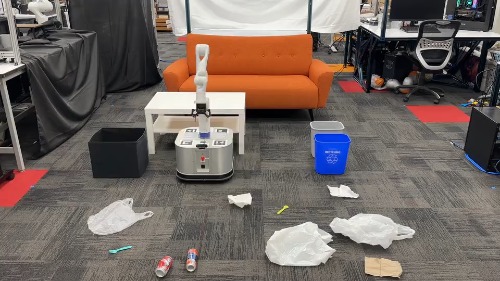
One device people don’t think of as a house-cleaning robot is an air purifier. In addition to the health benefits of an air purifier, it can significantly reduce your need to dust your home. Just make sure you first thoroughly clean your home. This includes your bed, floors and floor coverings, any upholstered surfaces, and drapes so these surfaces won’t throw dust into the air any time you sit on, walk on, or move them.
In the future, we will see more and more robots that can take over cleaning tasks in our homes. The TidyBot is one example. It can pick up items from around a home and put them away where they belong. Here is a prototype robot that can clean sinks and similar surfaces in a home.
This article just scratches the surface of robots that are useful at home. In the near future, I’ll have another article that looks at other types of robots in, and around, a home.



